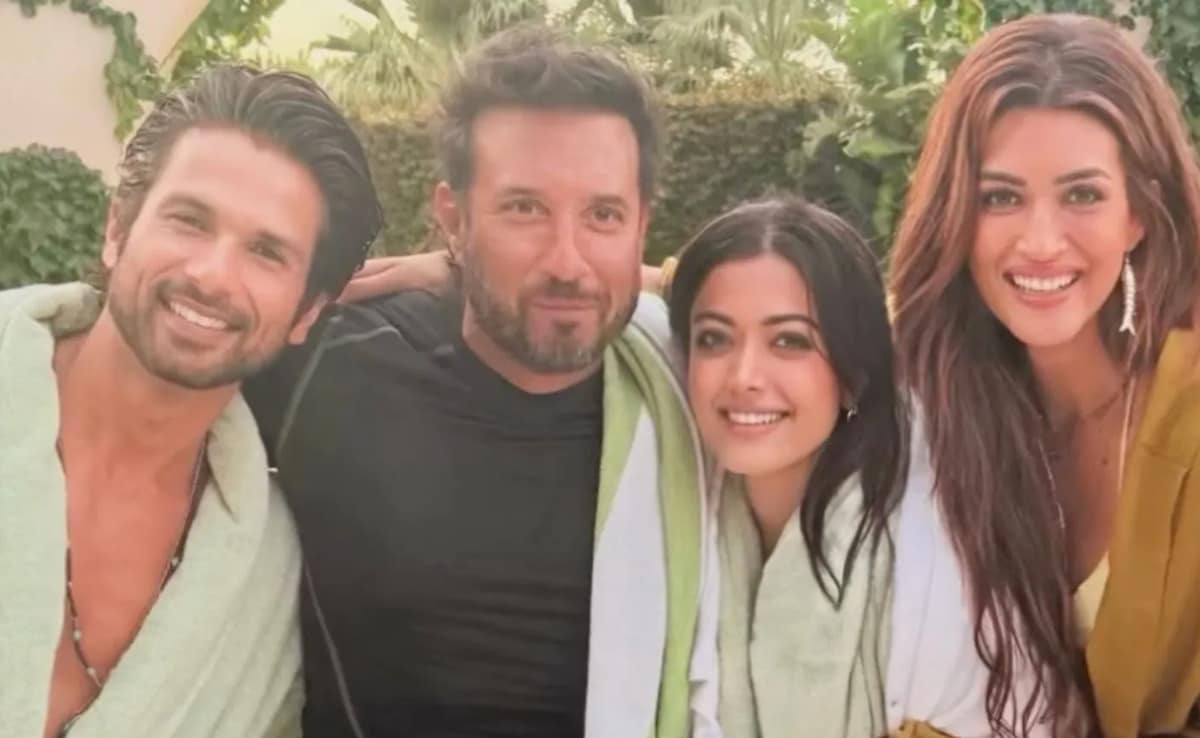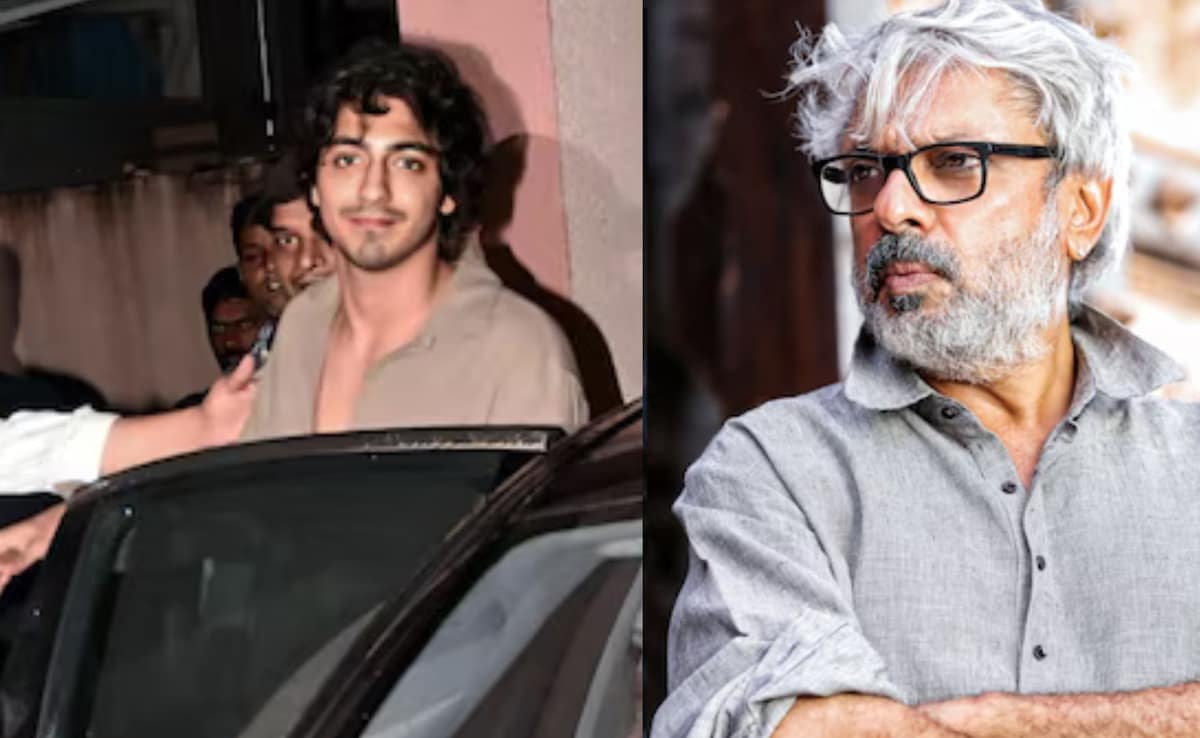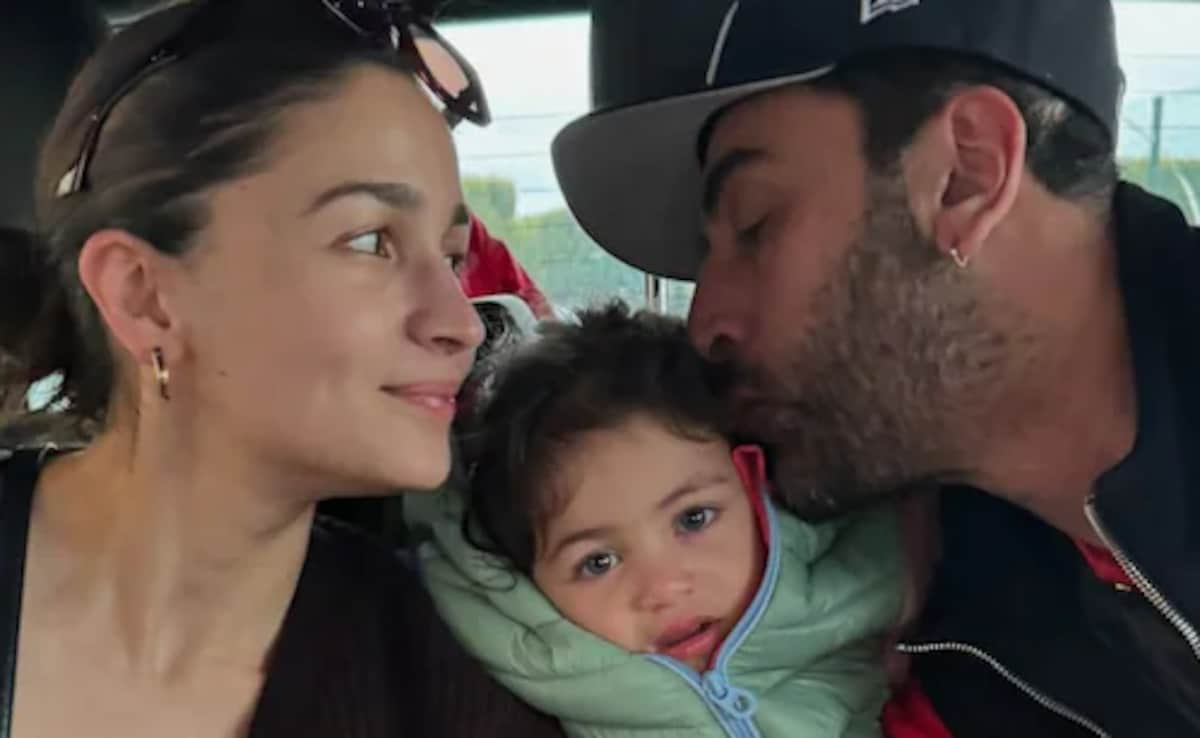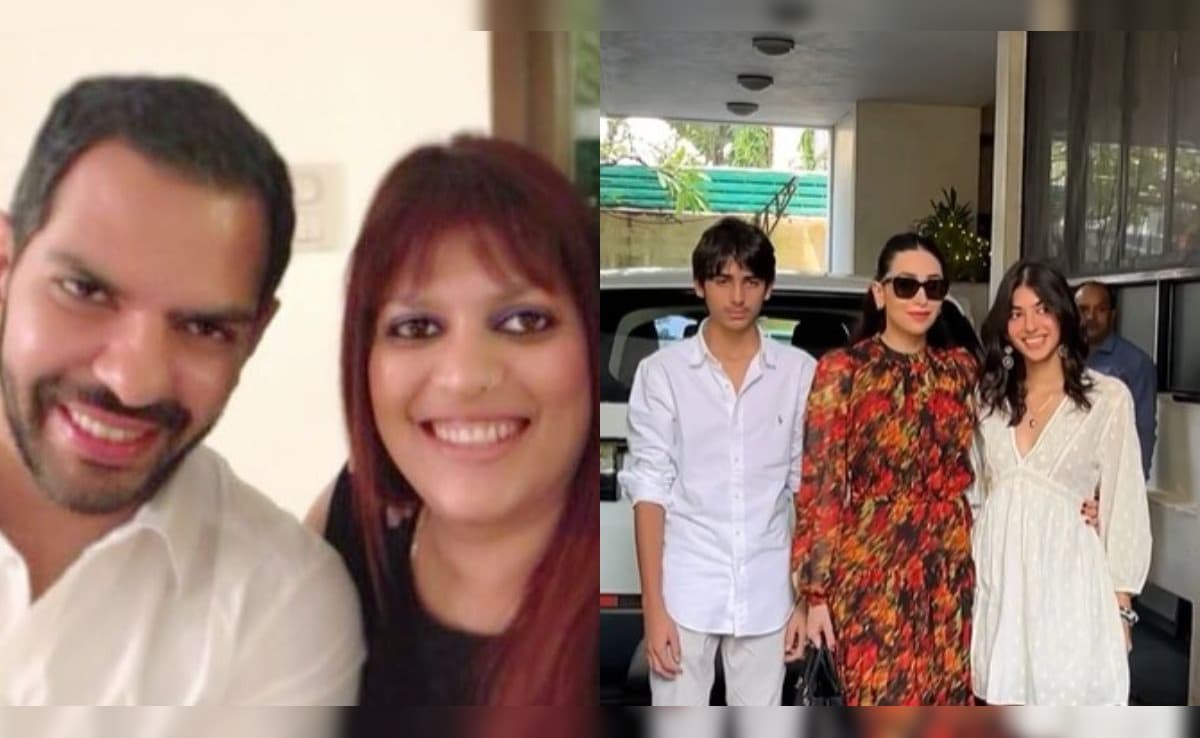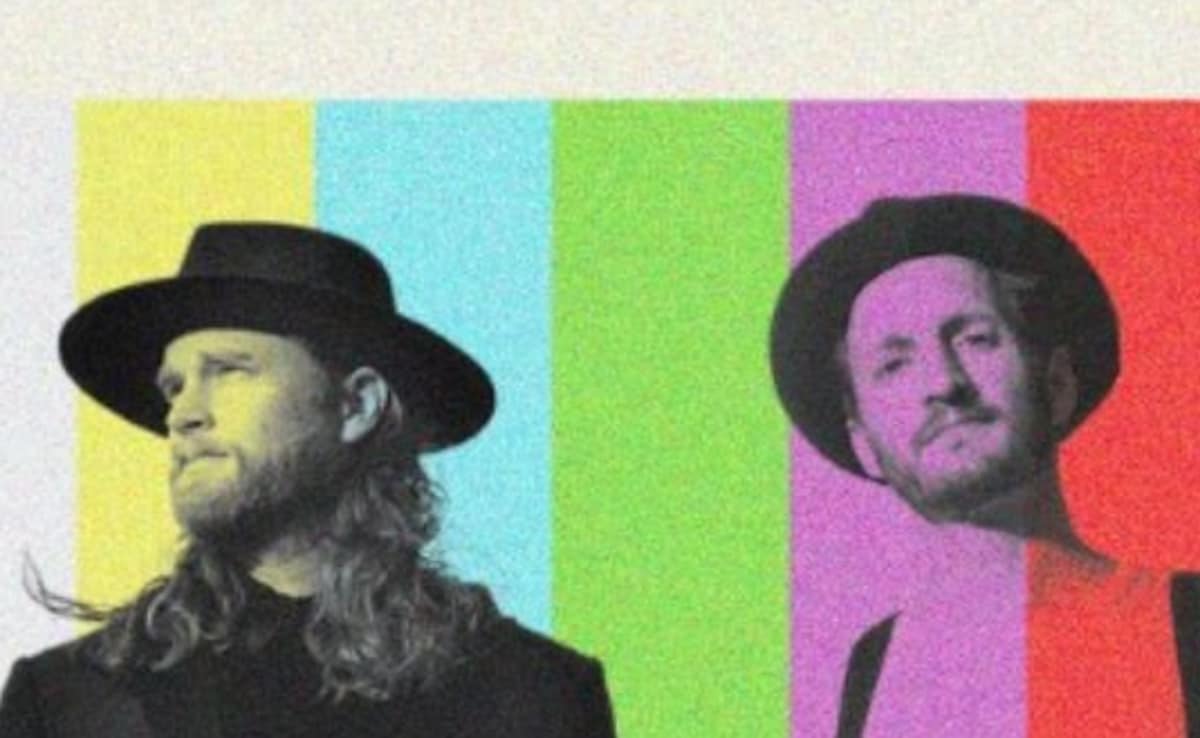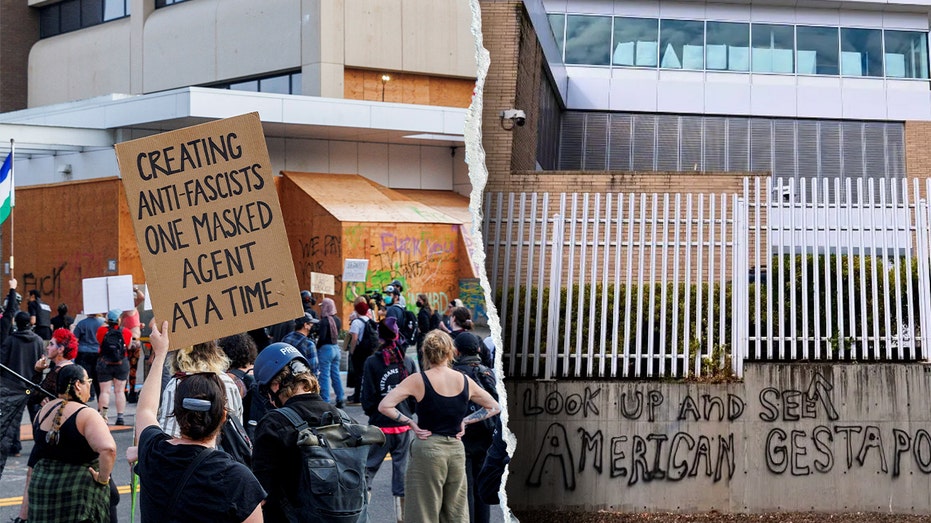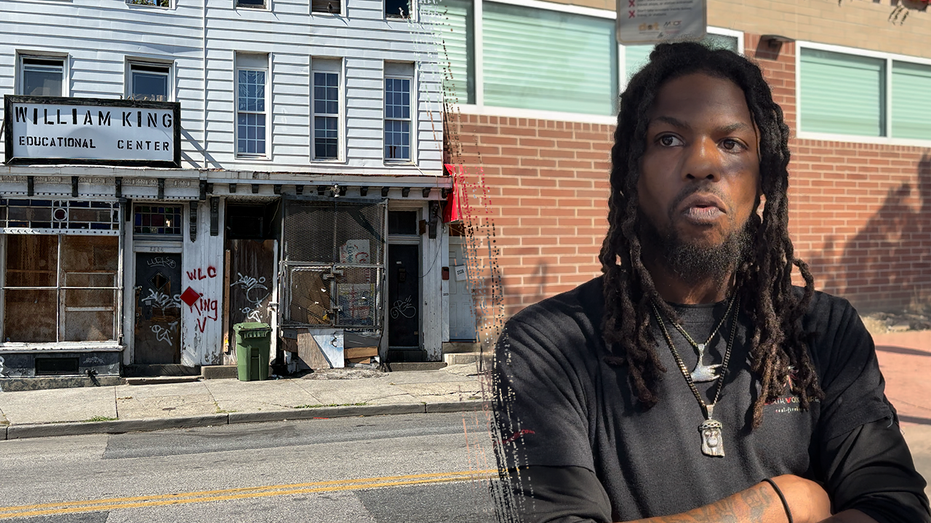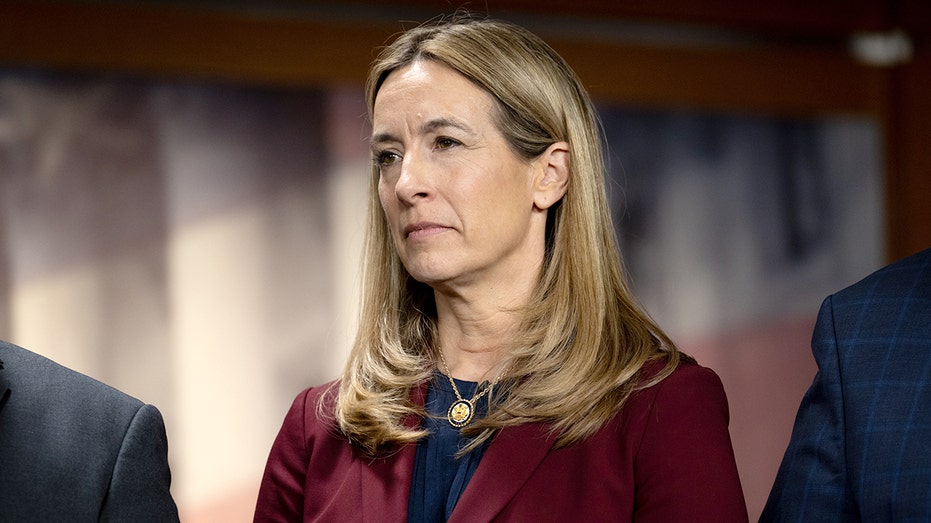“It’s not just younger people making the shift”: Meet Reuters’ first social-first video reporter

As some newsroom roles go the way of the dinosaurs, brand-new jobs are being born. An occasional series of Q&As with people who are the first to hold their title in their newsroom.
Tristan Werkmeister, 26, joined Reuters as the newsroom’s first social video reporter in January. The look of Reuters’ videos hasn’t radically changed — but output has. Reuters now produces four times as many vertical videos per day as it used to.
Most of the videos are straight news bulletins but occasionally Werkmeister narrates an explainer-style piece:
@reuters France’s government has collapsed again after Prime Minister François Bayrou lost a confidence vote in parliament on September 8. @tristanwerkmeister explains what led up to this, and what’s next on the political agenda. #france #politics #government #bayrou #assembleenationale ♬ original sound – Reuters
Werkmeister has been on the job for a few months now and I caught up with him last week. We went back and forth about being the “first-ever” in a legacy newsroom, how he’s helping other reporters unlock their “social brain,” how he incorporates AI into a social video workflow, and more. Our conversation has been lightly edited.
My role focuses on expanding vertical video globally, especially outside the U.S. I’m constantly thinking about the most impactful ways to tell stories to our global audience, from Kyiv residents sleeping underground to the collapse of the French government.
The look of our social videos hasn’t changed dramatically, but the strategy has. We now produce about four times more vertical videos per day [than we used to], and thanks to colleagues in Asia, our operation runs almost 24/7. Behind the scenes, that growth has meant dozens of people working together, new tracking systems, and smart use of AI tools.
I help to curate a balance of breaking news, explainers, user-generated content, investigations, beautifully shot features, and lighter, feel-good stories. Ironically, it’s not unlike building the rundown of a traditional TV bulletin. And it’s paying off: our TikTok account has more than tripled its followers since January, alongside big jumps in engagement.
We recognize shifts in news consumption habits, and more than ever, we need to meet audiences where they are. In the U.S., more people now get their news via social media and video platforms over any other source, according to this year’s Digital News Report from the Reuters Institute for the Study of Journalism. But what’s often overlooked is that it’s not just younger people making the shift — all age groups are going in the same direction.
It’s all about focusing on story angles that will resonate with our audience. That means that we’ll translate a video headline like “Inside the mine that feeds the tech world” to “The hidden cost of your smartphone.” I put a lot of effort into our hooks to get the lowest drop-off rate possible, with strong visuals and a punchy opening sentence. It’s long-established that we can’t just copy and paste articles for voiceovers. Sentences are shorter. There needs to be a reason for people to watch until the end. And stories need to be either boiled down to the essentials, or reframed to put all the attention on the most social-friendly angle. We’re experimenting with formats and editing techniques, from pacing to sound design.
Collaboration is also key. I see my role as the hub for vertical video content. I work with our podcast and newsletter teams, TV presenters who produce presenter-led content, and with our digital video team on longer features. I also help text reporters who want to highlight their most impactful stories. I walk them through scripting and filming for vertical formats, which is one of the most rewarding parts of my job. It’s about unlocking people’s “social brain,” helping them step into the shoes of our followers and see how much work goes into making something simple and effective.
Whenever possible, we encourage reporters to present their own stories. They know them best, it reflects the diversity of our newsroom, and it builds trust through our journalists, not just our brand. Audiences today crave relatability, authenticity, and familiar faces — being one of the best news agencies in the world helps, but it’s not enough in 2025.
Then I push reporters to think audience-first: Why should I care? So what? How is this impacting me? The goal is to strip away jargon and explain it like you would to a friend — simple, direct, and accessible, even for non-native speakers. Producing videos for social isn’t intuitive at first, even if you consume them regularly, but once you notice the tricks that work, you can start replicating them and even creating new ones.
That openness meant I could suggest changes to our workflows and content strategy and see them implemented almost immediately. One major shift was around vertical video: instead of teams producing pieces in isolation and handing them off to social just to post, everything is now pitched and reviewed with the social team in mind. That’s given us a clear role in shaping vertical video across the newsroom, and it’s made our output stronger.
That’s why I believe it’s so crucial for Reuters to be a one-stop shop for news on social platforms: if someone only follows one account, they should still come away with a solid grasp of what’s happening globally.
My sister, who’s a few years younger, gets her news exclusively from Instagram and TikTok. She’s exactly the kind of audience we serve on our social platforms.
Like many journalists of my generation, I’ve done a bit of everything. I’ve written for local and national papers, produced for radio, and spent years in traditional broadcast. I’ve been live in studios under far too much makeup, dreaded vox pop assignments, reported across Europe on little sleep, and produced coverage of events ranging from Finland’s tourism boom to the death of Queen Elizabeth II. I’ve interviewed CEOs, astronauts, artists, and researchers.
All of that means I didn’t go straight into a producer role. I know what it’s like to be on the ground, under pressure, making editorial calls in the moment. That’s why I’ll sometimes message our video journalists to ask them to frame an interview a little wider than usual so I can crop it vertically later. That hands-on experience gives me strong technical instincts, and I hope our attention to those details makes a difference in the final product.
I also want to deepen our relationship with audiences — through comments, video replies, polls, and community-building — and to report more stories directly from the field. For me, the ultimate goal is to show that social media isn’t just a promotional tool, but a journalistic platform in its own right.
Outside Reuters, I make a point of meeting with peers at other newsrooms to swap ideas and spot emerging trends. I also give guest lectures at universities, and those conversations with students are invaluable. They keep me grounded in how the next generation consumes news, but also in how habits are shifting across all audiences. It’s a reminder that our work isn’t about producing for algorithms, but about serving audiences where they are.
What's Your Reaction?
 Like
0
Like
0
 Dislike
0
Dislike
0
 Love
0
Love
0
 Funny
0
Funny
0
 Angry
0
Angry
0
 Sad
0
Sad
0
 Wow
0
Wow
0

























